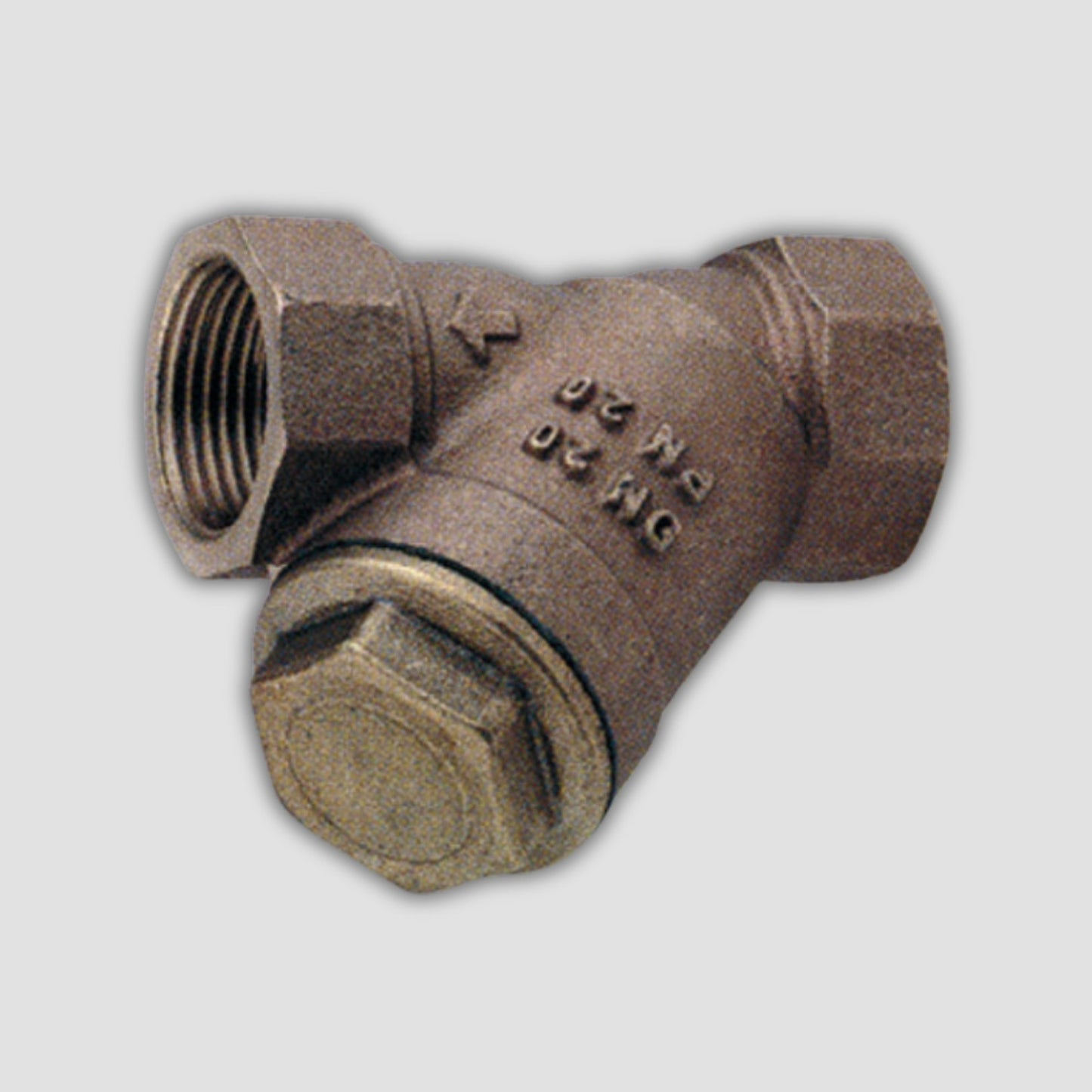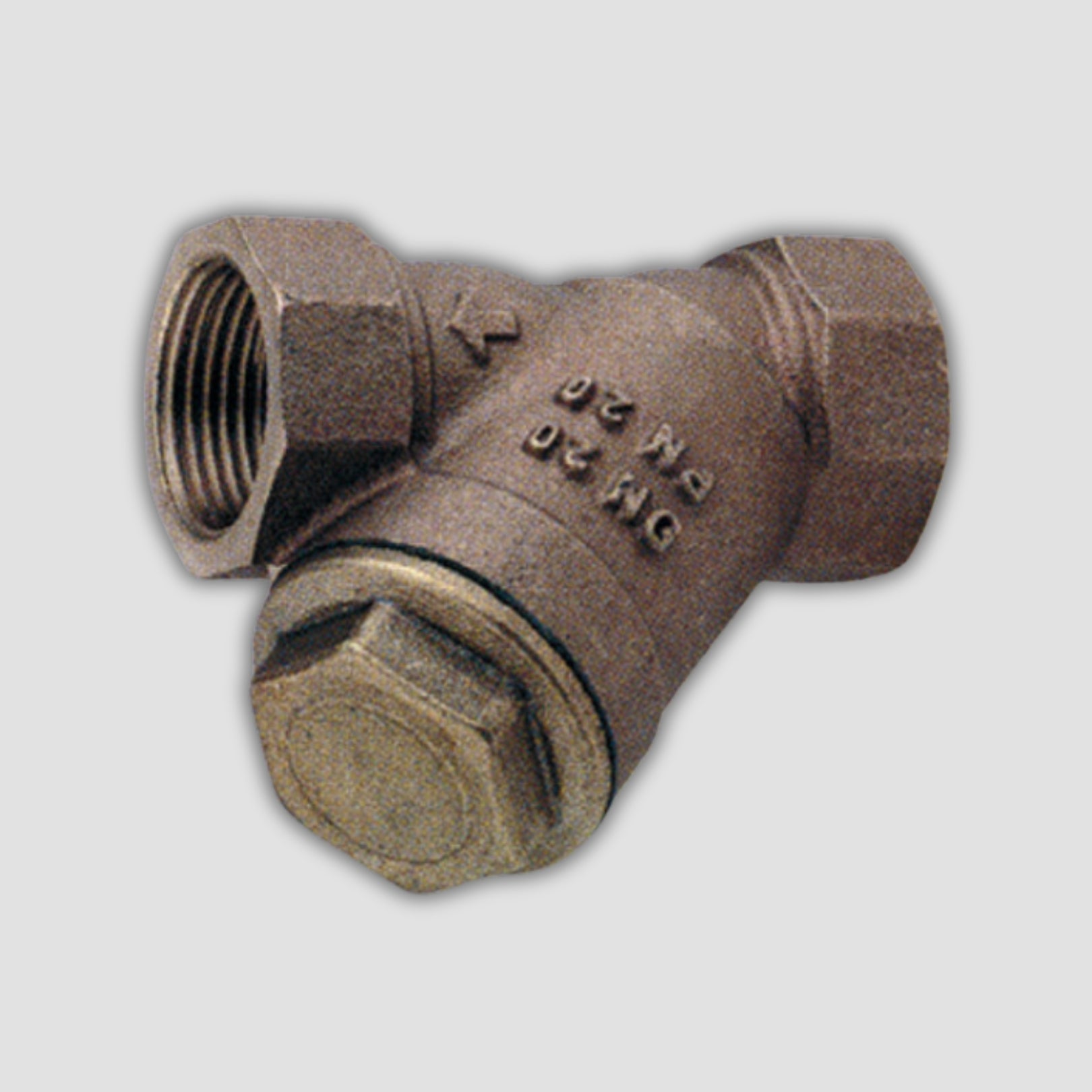Bronze Valves
Bronze Y Strainer
Bronze Y Strainer
Couldn't load pickup availability
The Bronze Y Strainer is designed to protect valves, pumps, and other downstream equipment by efficiently filtering out debris and particulates from your fluid system. Its compact Y-pattern body allows for low-pressure drop while capturing solids in a removable mesh screen, making maintenance quick and straightforward.
Manufactured from high-quality bronze, this strainer offers excellent corrosion resistance, making it ideal for water, steam, air, and non-aggressive fluid applications. Suitable for both horizontal and vertical installations (with flow downward), it's a reliable solution for industrial, marine, and HVAC systems.
Key Features:
- Y-pattern design for compact installation and efficient flow
- Bronze body for long-lasting corrosion resistance
- Removable mesh screen for easy cleaning and maintenance
- Suitable for water, steam, air, and light industrial fluids
- Horizontal or vertical (downward flow) installation
- Ideal for marine, HVAC, and process system protection
Share

FAQ's
What is the difference between a valve and an actuator?
What types of actuators are available?
The main types of actuators are:
Pneumatic actuators – use compressed air for fast, reliable operation.
Electric actuators – use electrical power for precise control.
Hydraulic actuators – use fluid pressure for high-torque applications.
Each type offers unique advantages depending on the environment, media, and system control needs.
How do I choose the right actuator for my valve?
To select the correct actuator, consider:
Valve type and torque requirement
Power source available (air, electric, or hydraulic)
Operating environment (temperature, humidity, hazardous area)
Control signal type (on/off or modulating)
Matching actuator torque and compatibility with the valve’s ISO mounting ensures reliable performance.
What are the main types of valves used in automation?
The most common valves in automated systems include:
Ball valves – for tight shutoff and quick operation.
Butterfly valves – for larger flow control with compact design.
Globe valves – for precise throttling and flow regulation.
Check valves – to prevent backflow.
Gate valves – for full bore flow isolation.
What’s the difference between a double-acting and spring-return actuator?
Double-acting actuators use air (or power) to both open and close the valve.
Spring-return actuators use air to open (or close) the valve, and a built-in spring to automatically return it to a safe position when power or air is lost — ideal for fail-safe operation.
How often should valves and actuators be serviced?
Regular maintenance intervals depend on operating conditions, but a good rule of thumb is to inspect every 6–12 months.
This includes checking for leaks, lubrication, seal wear, and actuator responsiveness to prevent unexpected downtime.

